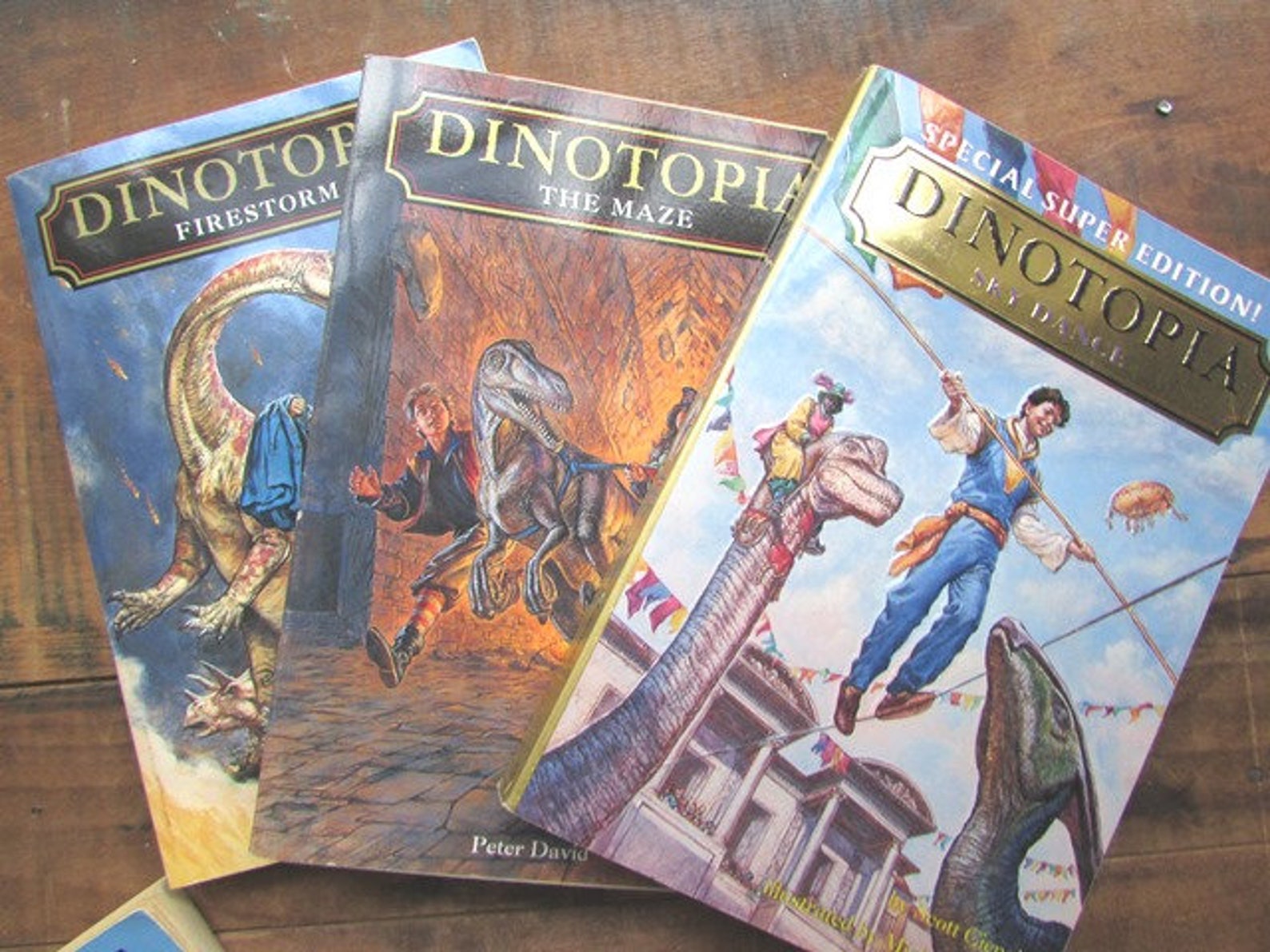

The Dinotopia books extend the premise of Arthur Conan Doyle’s 1912 “The Lost World,” in which explorers find dinosaurs living with prehumans. The exhibit places Gurney’s work among the long history of wildlife illustrators who took to dinosaurs first in the 1960s, when Benjamin Waterhouse Hawkins filled London’s Crystal Palace with giant sculptures of what he believed dinosaurs may have looked like (he was wrong about a lot of them).


Gurney will give a lecture Sunday and will be artist in residence at the museum for a week. Those schooled in the history of illustration see more – the influence of Howard Pyle here, a quotation from Maxfield Parrish there, a nod to Normal Rockwell in this one and a debt to Rembrandt and his sense of lighting in that one.Īll of that – the fun as well as the parade of illustrative history – will be on display from Sunday through May 16 in “The Fantastical World of James Gurney,” an exhibit of more than 60 of his works at the Delaware Art Museum. For the average lover of children’s books, James Gurney’s illustrations for his Dinotopia tales are marvels, mixing fantasy, science and almost photographical realism to document his world where dinosaurs and humans live side by side.


 0 kommentar(er)
0 kommentar(er)
